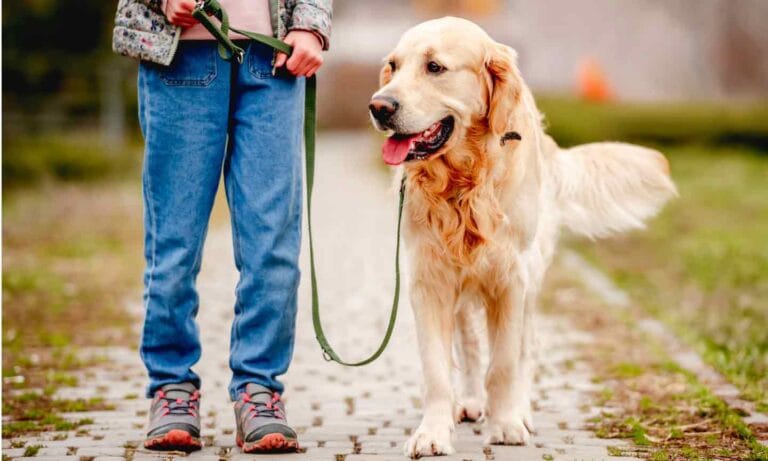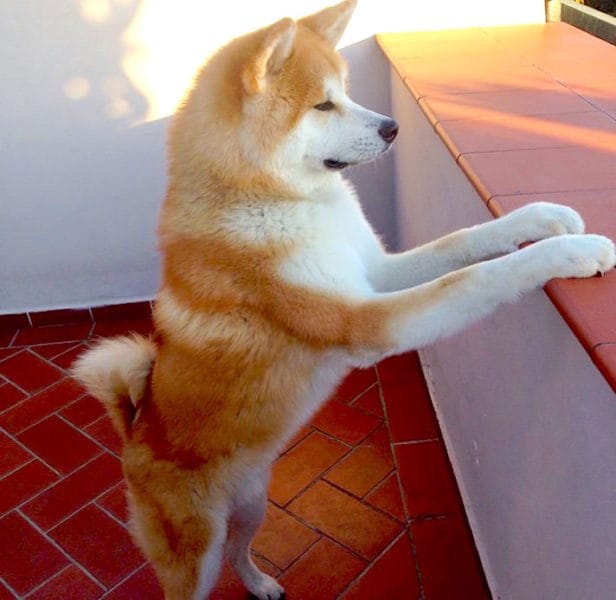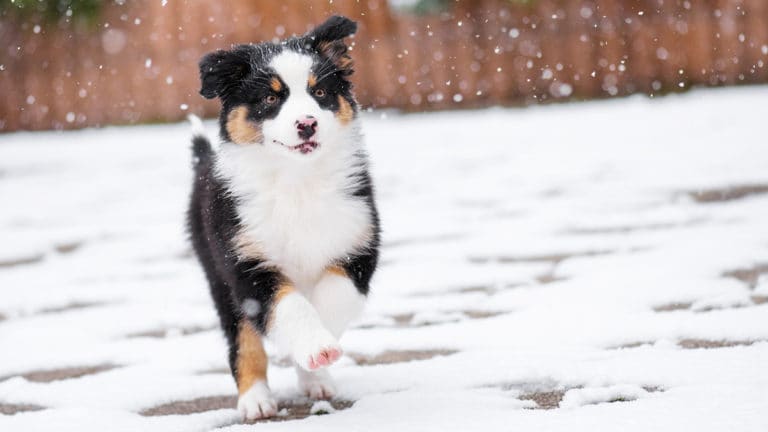Centuries ago, surviving freezing temperatures required calling in the big dogs. With their thick coats, cold weather dogs like the Siberian Husky, St. Bernard and Alaskan Malamute were especially welcome at night, keeping their humans warm in the subzero temperatures of places likes Siberia and Alaska. The colder it was, the more dogs you needed, hence the term, “three-dog night.”
While we may not need to sleep under a pile of furry canines to stay warm these days, snow dog breeds still make great snuggle buddies. Most were bred to be working dogs in cold climates and have retained those traits that made them so good at their jobs: intelligence, devotion and zest for life. No wonder they find their way into the hearts of dog parents today.
Siberian Husky
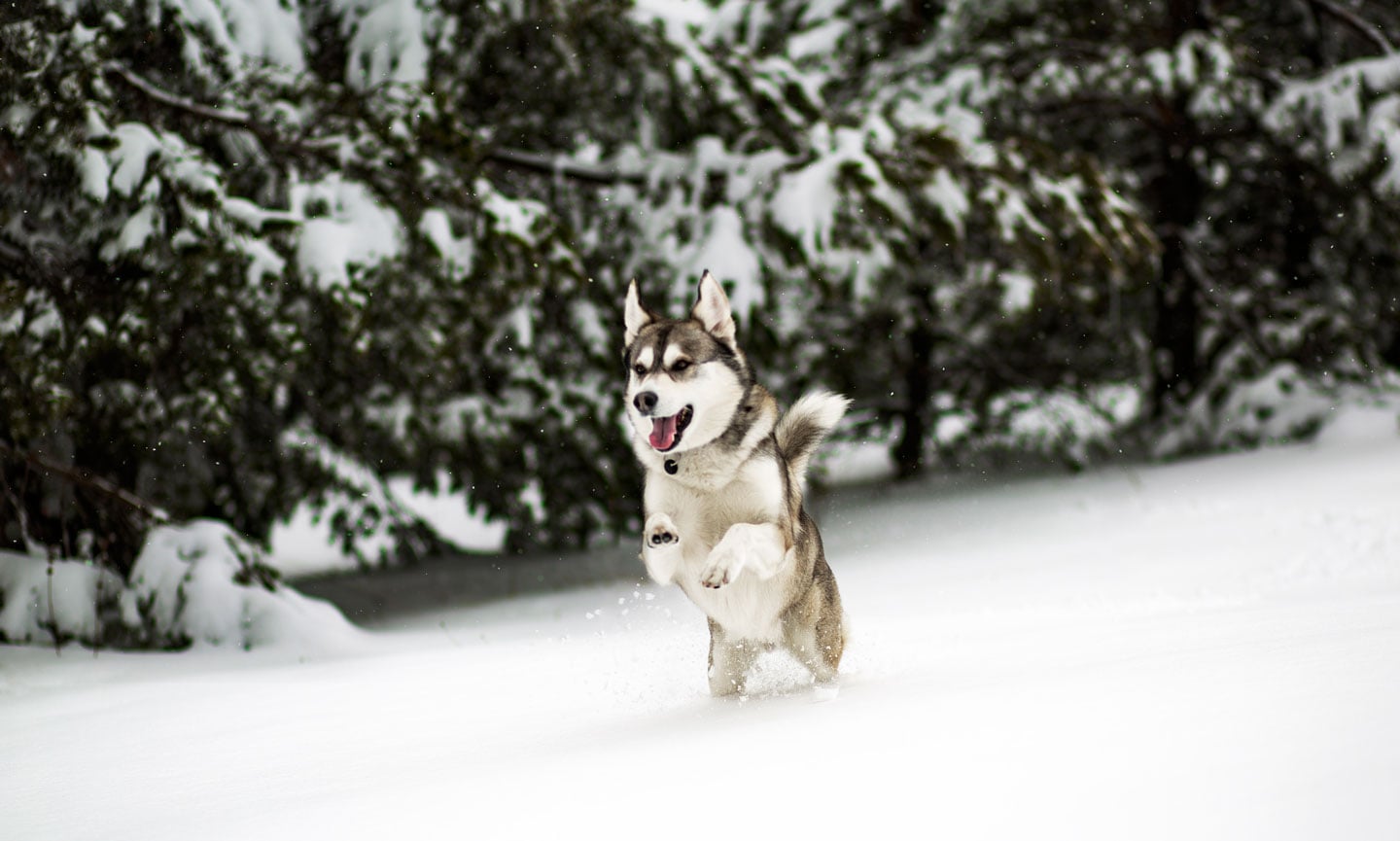
Originating in the cold climate of Northern Asia, and with a thicker coat than most other dog breeds, the Siberian Husky is ranked the 19th most popular dog breed, according to the American Kennel Club’s (AKC) 2021 registration statistics.
They are affectionate and good-natured, but because they were originally bred to be a sled dog, they do have a lot of energy, so plenty of daily exercise is essential. Speaking of sled dogs, the Siberian Husky is a celebrated hero in Nome, Alaska. Why? Because in 1925, they traversed more than 250 miles of snow and ice to deliver lifesaving medicine to the village, with Balto, the dog who led the final leg, becoming famous for the feat.
Norwegian Elkhound
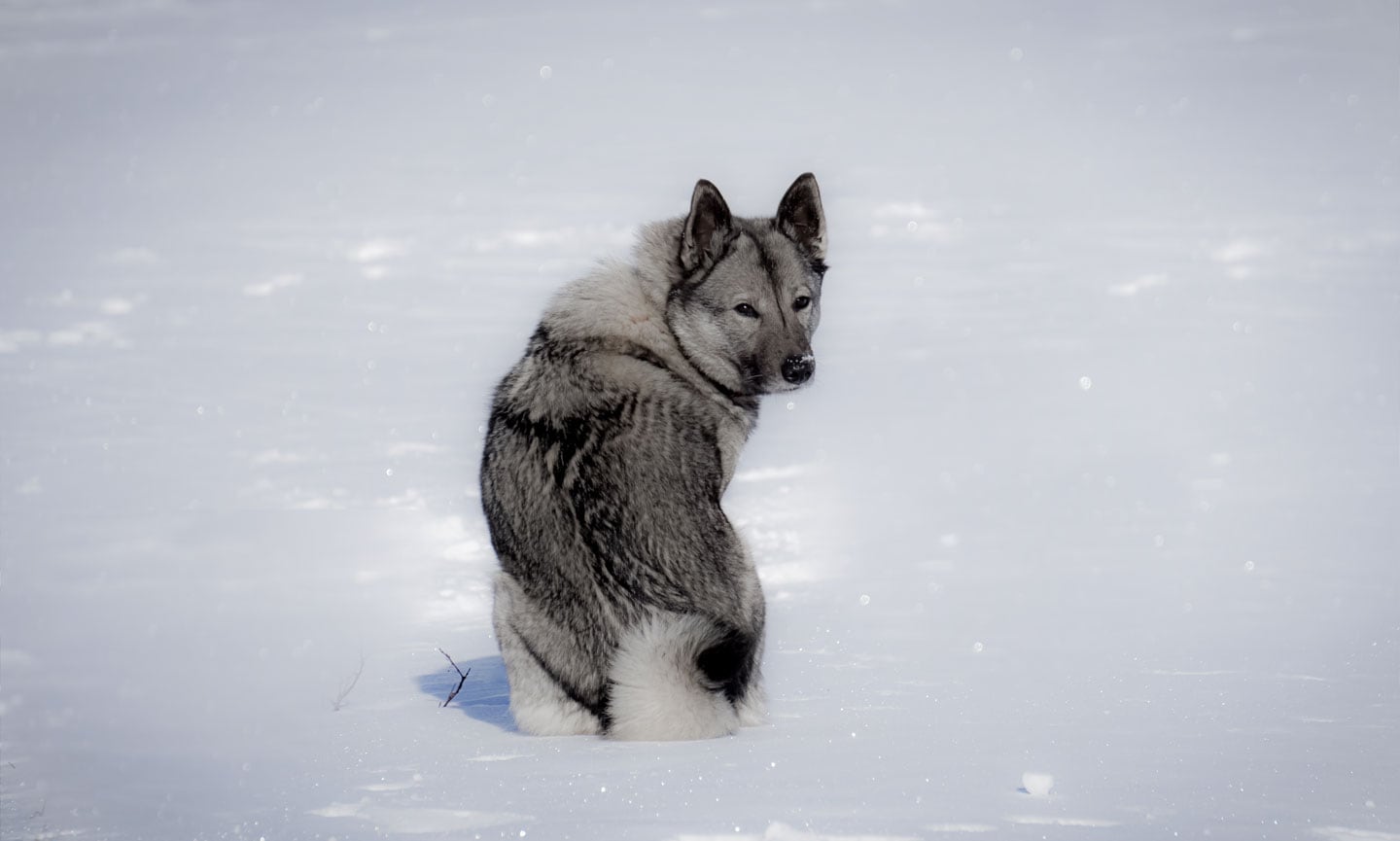
An ancient breed from Scandinavia with Nordic traits, the Norwegian Elkhound was once used to hunt moose and bear and was used to hunting in the cold climate from which it came. “These traits have stayed with the breed, and it makes a great cold-weather companion,” says AKC spokesperson Lisa Peterson.
They’re also extremely intelligent and high energy, making them ideal for people with active lifestyles who can provide lots of physical and mental stimulation.
Saint Bernard
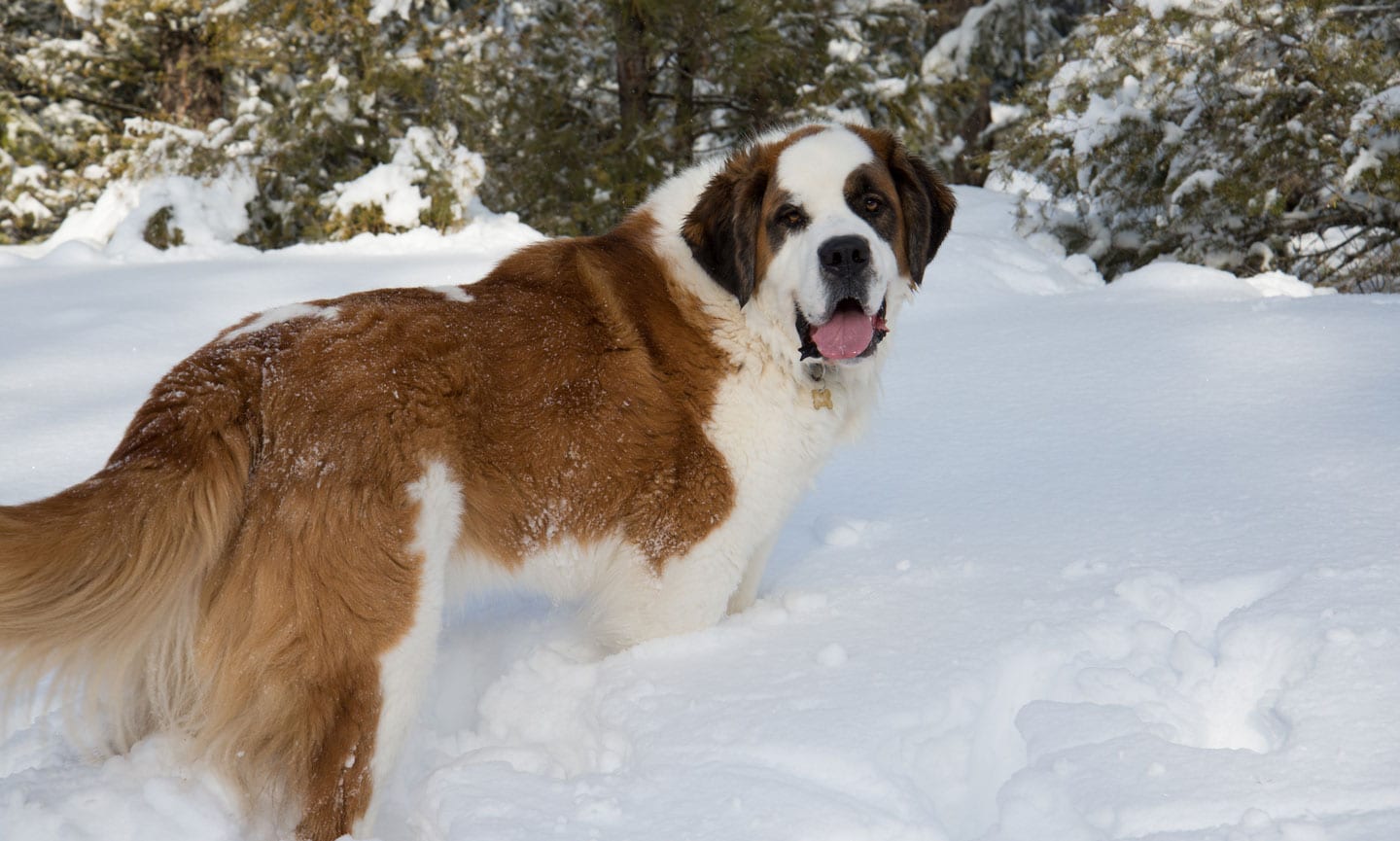
“The Saint Bernard comes from the Swiss Alps and was originally used to locate freezing and helpless travelers during snowstorms, so, this breed is used to being in cold and snowy regions,” explains Peterson. They stay warm thanks to their dense coats, which can be long or short.
St. Bernards are typically smart, obedient and loyal dogs. They make great family pets, but because of their large size, extra training is recommended.
Newfoundland
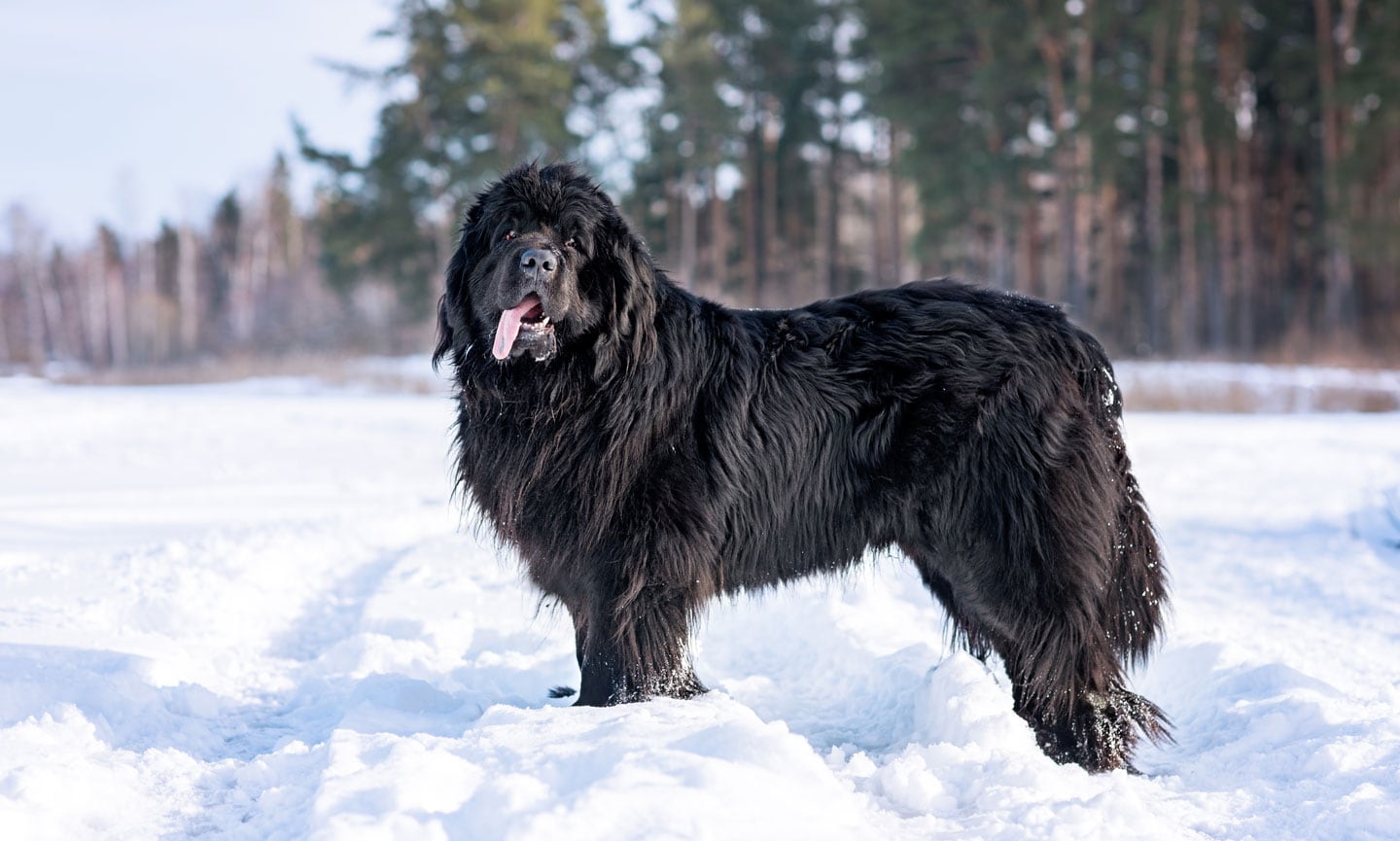
The Newfoundland breed originated in Canada as a working dog who pulled nets for fishermen in frigid waters. Their heavy, plush coats, which protect them from cold temperatures, make them a snow enthusiast’s perfect match.
Although described as a true workhorse, the Newfie is not an all-work-and-no-play kind of breed. These sweet and affectionate dogs enjoy spending time with their people and make great family pets.
Old English Sheepdog
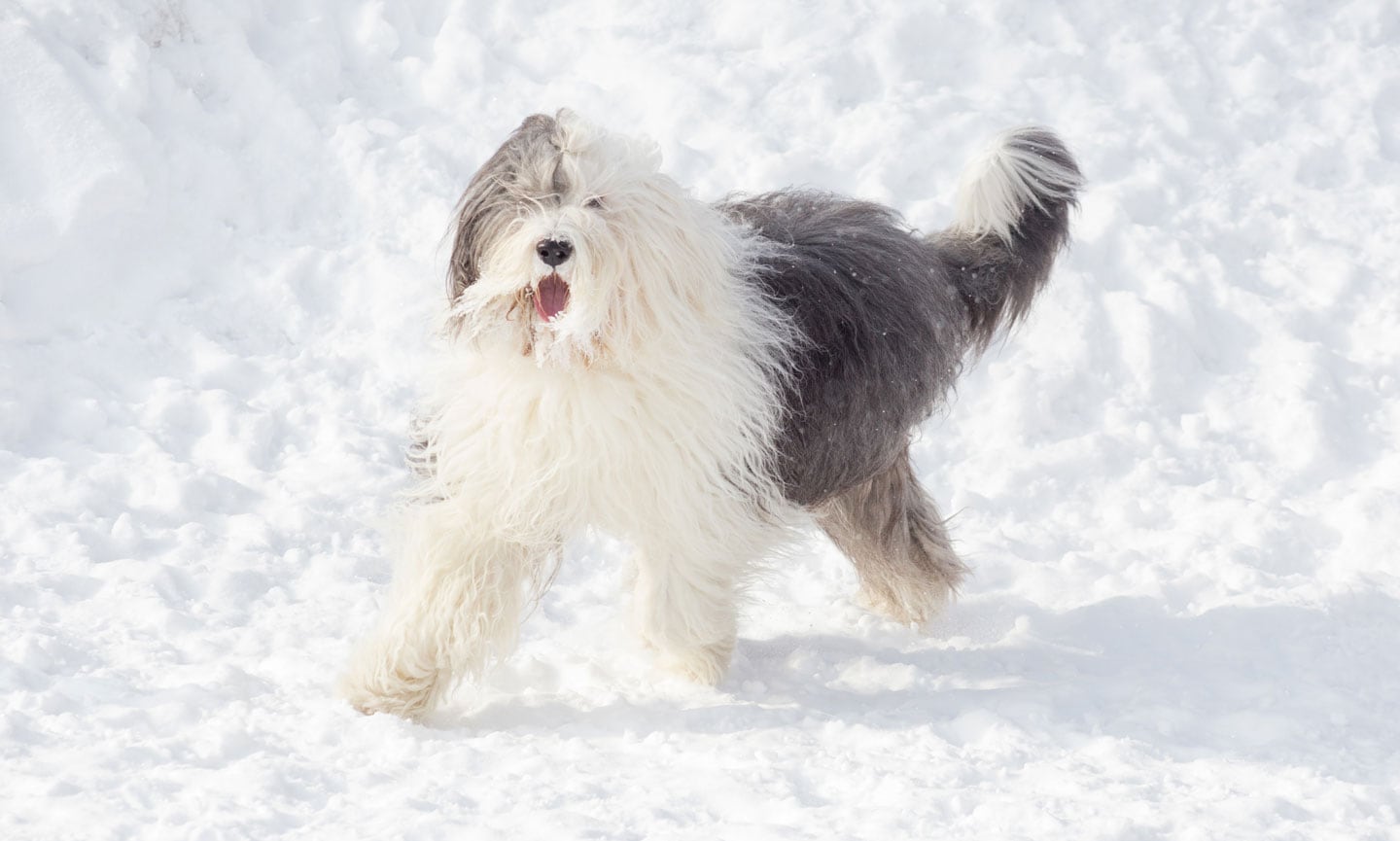
Famous for their long, striking coat, the Old English Sheepdog originated in the early 19th century in the western counties of England where they herded sheep and cattle into major city markets. Their long dense coat serves as insulation and provides stylish warmth in cold climates.
Though they take their job as herders seriously and love to be busy, these active dogs have an even temperament and make loyal companions.
Alaskan Malamute

“The Alaskan Malamute is a great cold weather breed because of its origin—they come from Alaska and are the oldest and largest of the Arctic sled dogs,” says Peterson. Their thick and coarse coats help keep them toasty while frolicking in the snow.
This super smart and active breed does not like to be bored, which means life with a Mal is never dull.
Bernese Mountain Dog
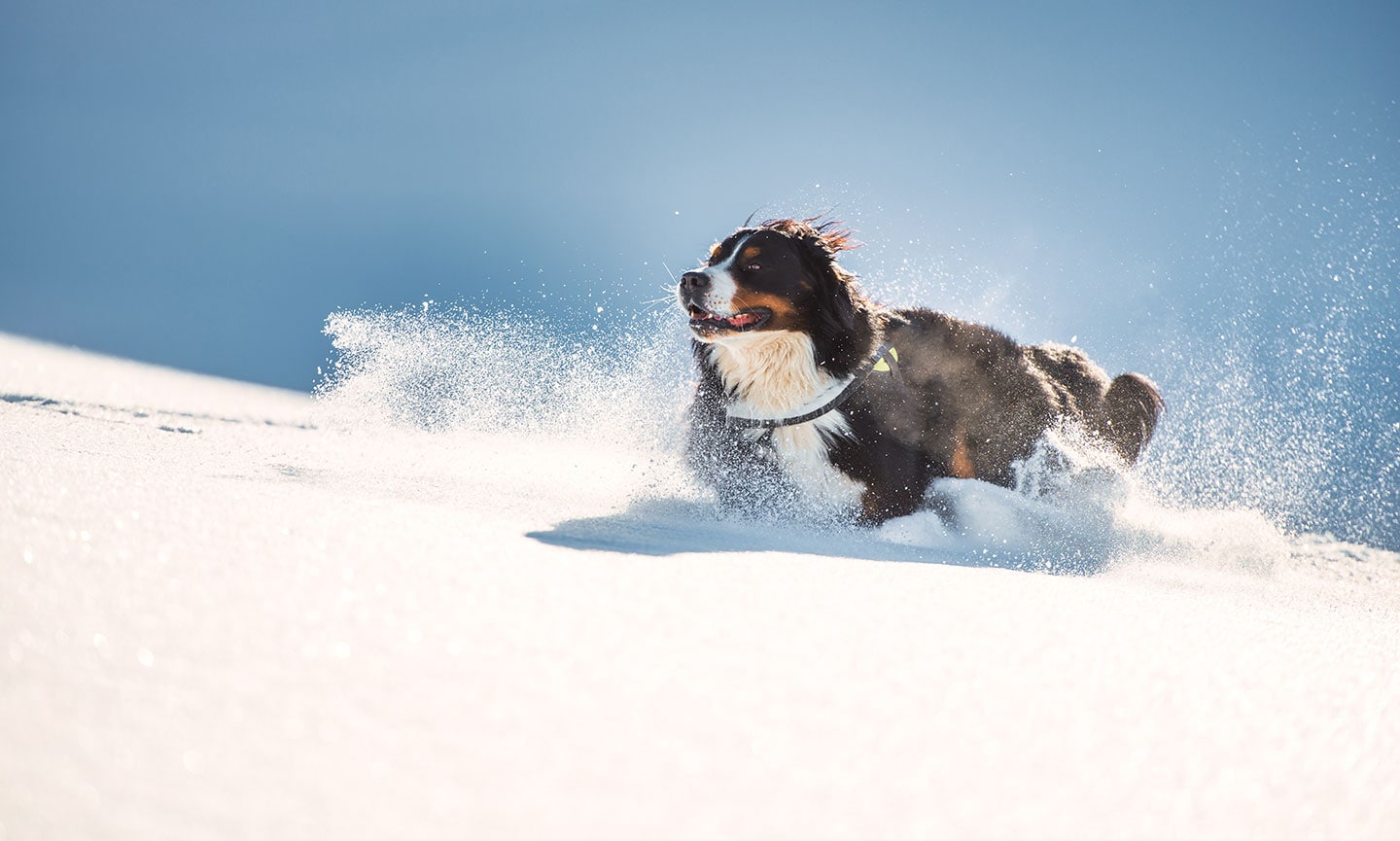
The Bernese Mountain Dog’s intelligence, strength and agility helped them perform the cart-pulling and cattle-driving work in the mountainous area where the breed originated, while that long silky coat of theirs helped keep them warm in the frigid region.
Today, this versatile breed taps into their heritage by participating in carting and herding competitions, as well as agility and obedience trials, but is mainly a family pet who enjoys large yards and plenty of playtime.
Samoyed
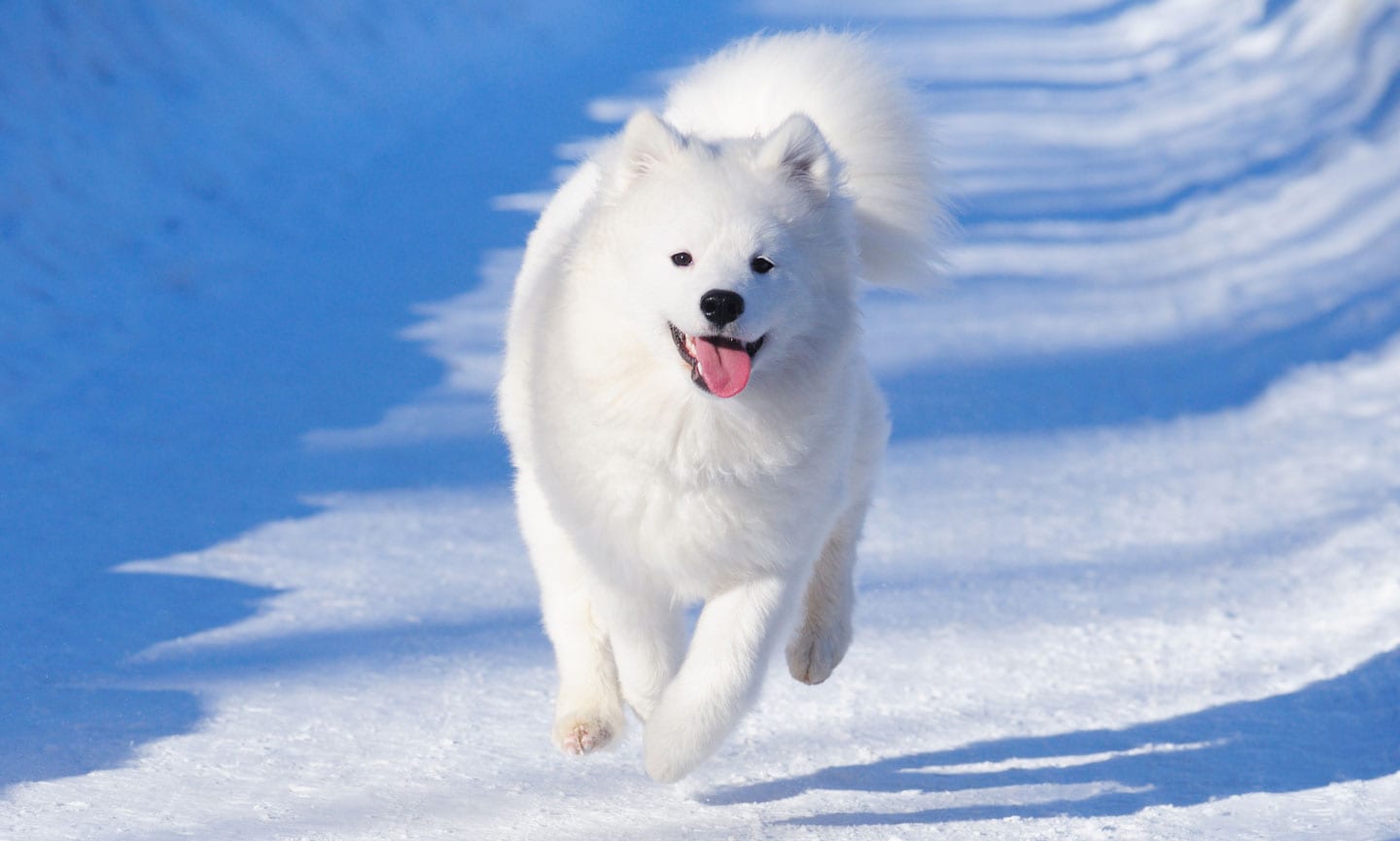
“Hailing from Siberia, the Samoyed is good in cold weather due to their original jobs of herding reindeer, hunting and hauling sledges,” says Peterson. Their white, fluffy fur even looks like snow!
These active, social and intelligent dogs are always up for adventure. And thanks to the breed’s heavy, weather resistant coat, you can bet that up-for-anything ‘tude will often take them outdoors in the cold and the snow.
Keeshond
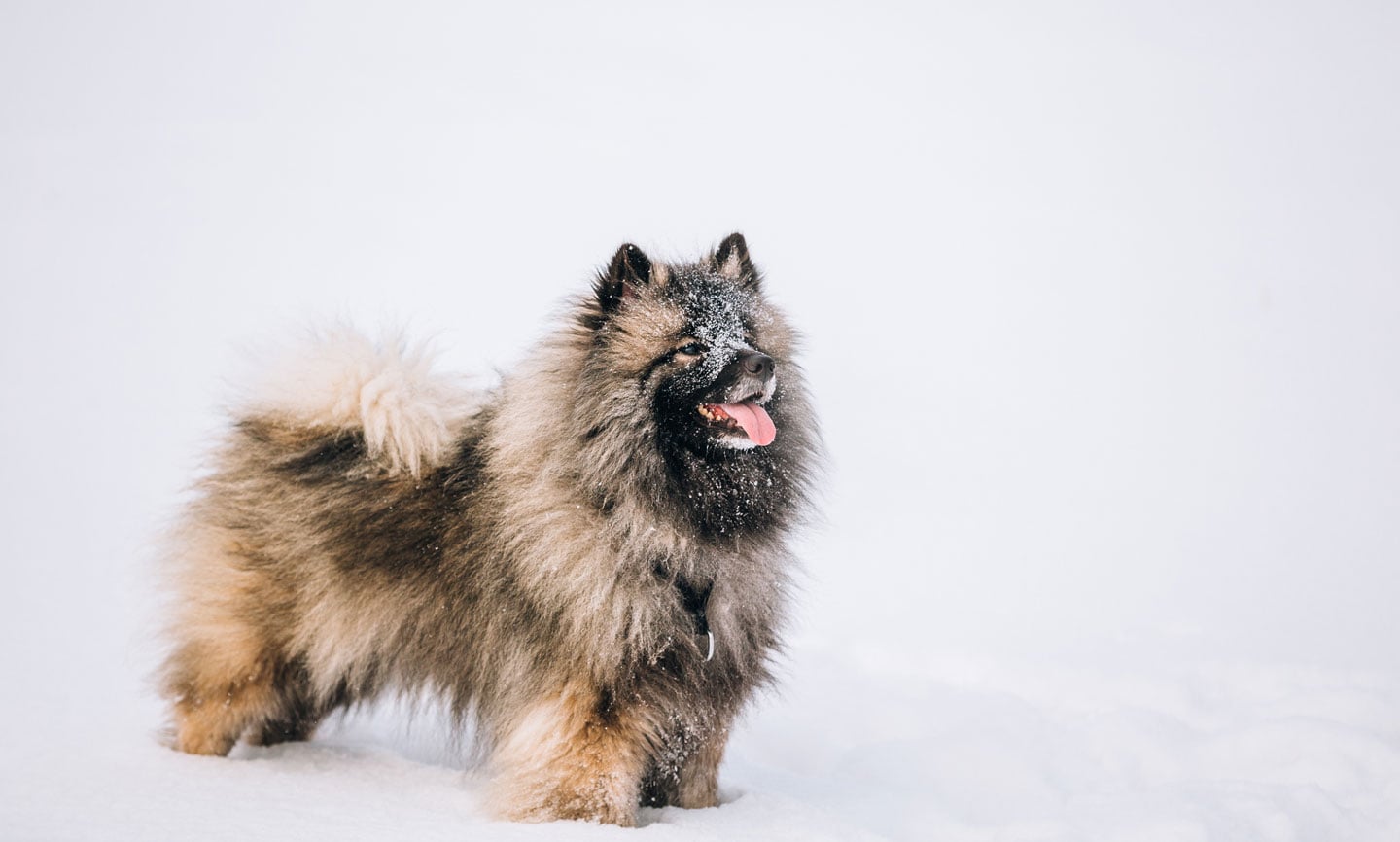
The Keeshond was bred to patrol barges and riverboats along the chilly waterfronts of Holland, and they still carry that penchant for cold climates with them. (Their warm coats—which comprises a long, course outer coat and soft, downy undercoat—might have something to do with that!).
Although they originally served as watchdogs, this dog breed loves to make friends of all ages and species. Ever the social butterfly, your Keeshond will likely be the most popular pup on the block, but you’ll always be their No. 1.
Tibetan Mastiff
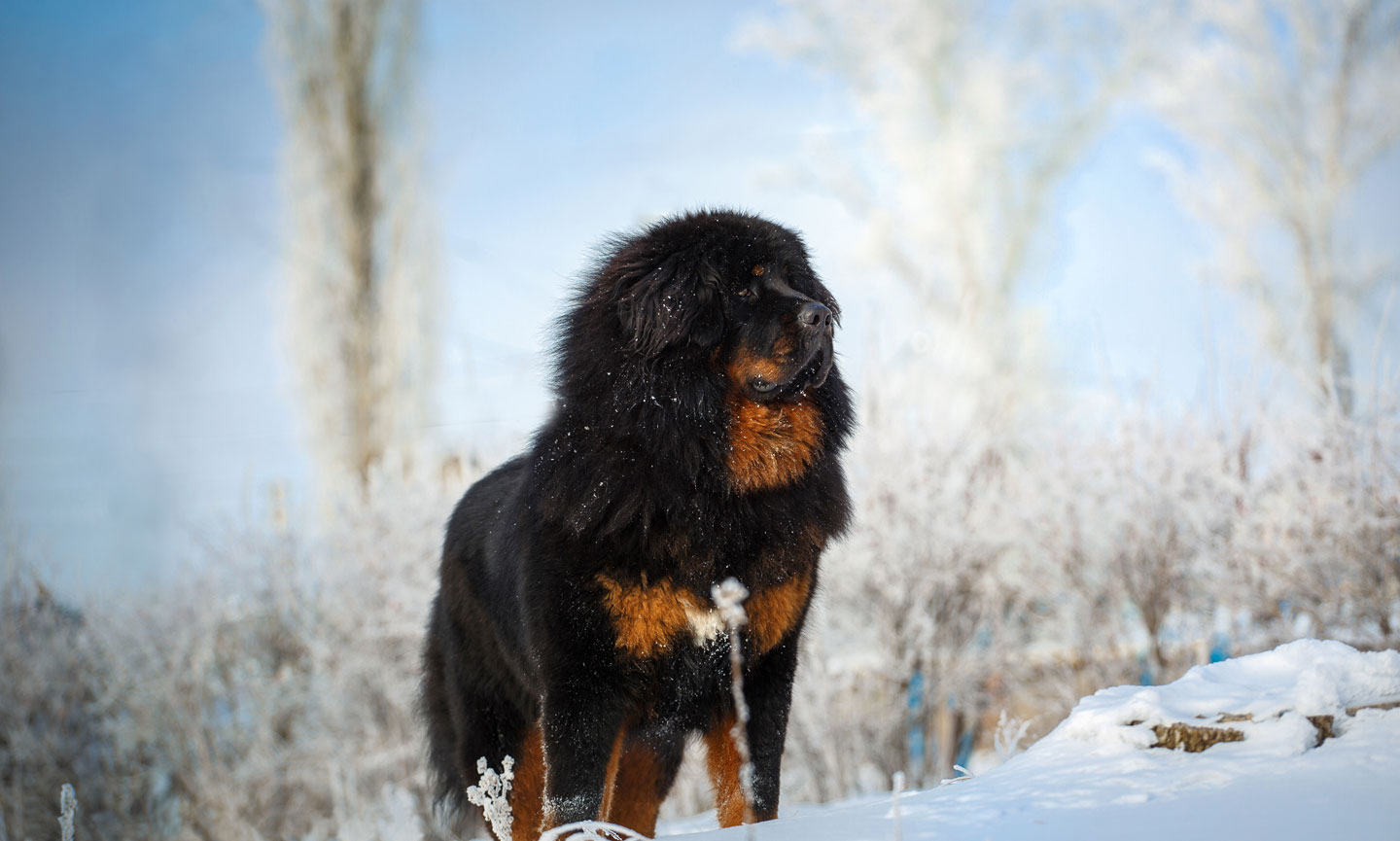
Early Tibetan Mastiffs were kept as guard dogs in the mountains of Central Asia, in charge of keeping livestock and monasteries safe. Not surprisingly, they do great in colder climates and higher altitudes.
Guarding is in this giant breed’s DNA, and they’re at their best and happiest when they’re allowed to be watchful protectors over their domain, which preferably would include lots of acreage to roam and snow to play in.
Snow-Loving Dog Breeds FAQs
Q:What are common traits among snow dogs?
A:“They are good learners and good listeners, and they’re very social,” says Beth Harrison, ABCDT-L2, AKC Canine Good Citizen evaluator and dog obedience classroom instructor at the Animal Behavior College in Valencia, California. And those traits make for good working dogs, too. “Most breeds that love the snow originated in cold, snowy regions and were bred to do jobs in the snow, like sled dogs,” Peterson says.
Q:Do snow-loving dog breeds need a job?
A:Most winter-loving dogs are bred to work. “These dogs are used to working and taking commands,” Harrison says. “They need to work. If we don’t give them a job to do, they will find their own.” That job could be anything from guarding the perimeter of your backyard from invading squirrels, to herding the cat or the children.
Q:How much exercise do cold-weather dogs need?
A:Since these winter dogs are intelligent, and have the will to work, make sure to exercise them regularly, which can be anywhere from 30 minutes a day to up to two hours a day, depending on the breed. For instance, Saint Bernards only need about 30 minutes a day, but a Samoyed may need up to 2 hours! You can also engage them in activities that match their energy levels and stamina and keep them entertained with challenging puzzle toys.
Q:How cold is too cold for a snow dog breed to be outside?
A:While snow dog breeds were made for cold weather, they aren’t impervious to it. When the temperature drops below 68 degrees Fahrenheit, some dogs may have difficulty maintaining their body temperature. However, snow dogs with their thick coats can better tolerate lower temps. Most experts recommend not leaving any dog—snow dog or otherwise—outdoors for a prolonged period of time once the temperature drops below 20 degrees Fahrenheit.
Q:How hot is too hot for a snow dog breed to be outside?
A:Despite their thick coats, these winter dogs can acclimate to warmer climates. But when the temperature rises above 86 degrees Fahrenheit, some dogs, especially those with thicker coats, may have difficulty maintaining their body temperature. Be sure not to overexert them, give them plenty of fresh water, protect their paws from hot concrete and watch for any signs of heatstroke, like excessive panting, vomiting and lethargy.
Want to learn more about dog breeds and which might be the best fit for you and your lifestyle? See all of our dog breed profiles.
Luann Gould contributed to this article.
Get tips for making the most out of winter:
Share:


